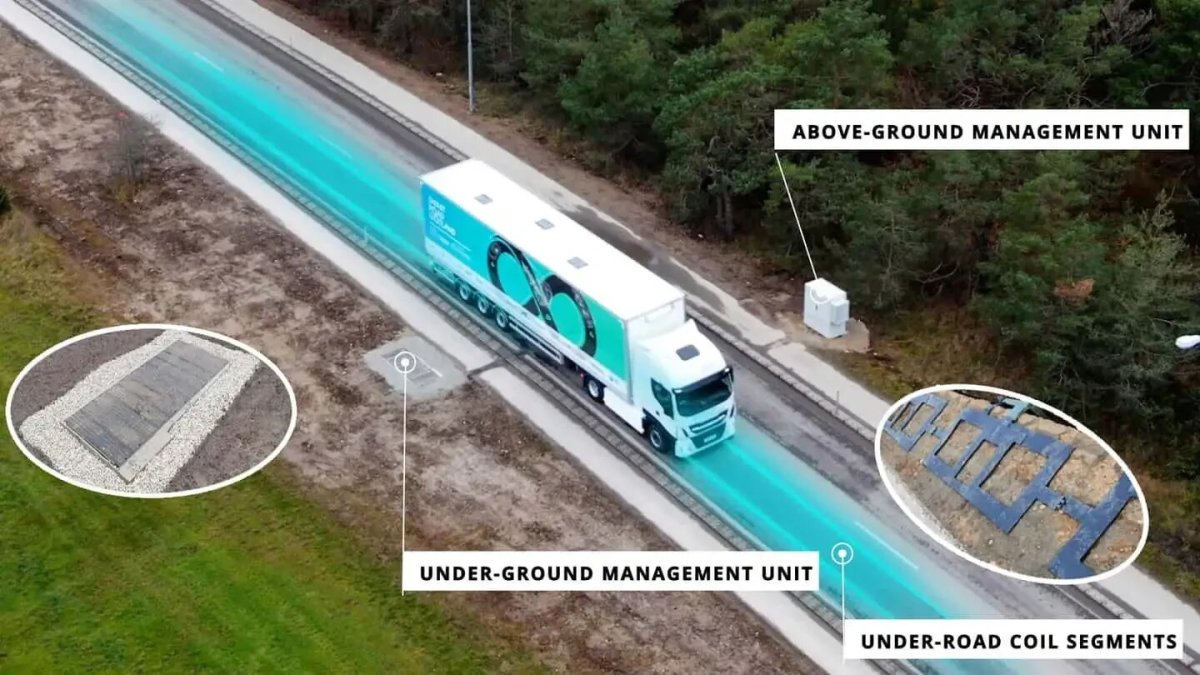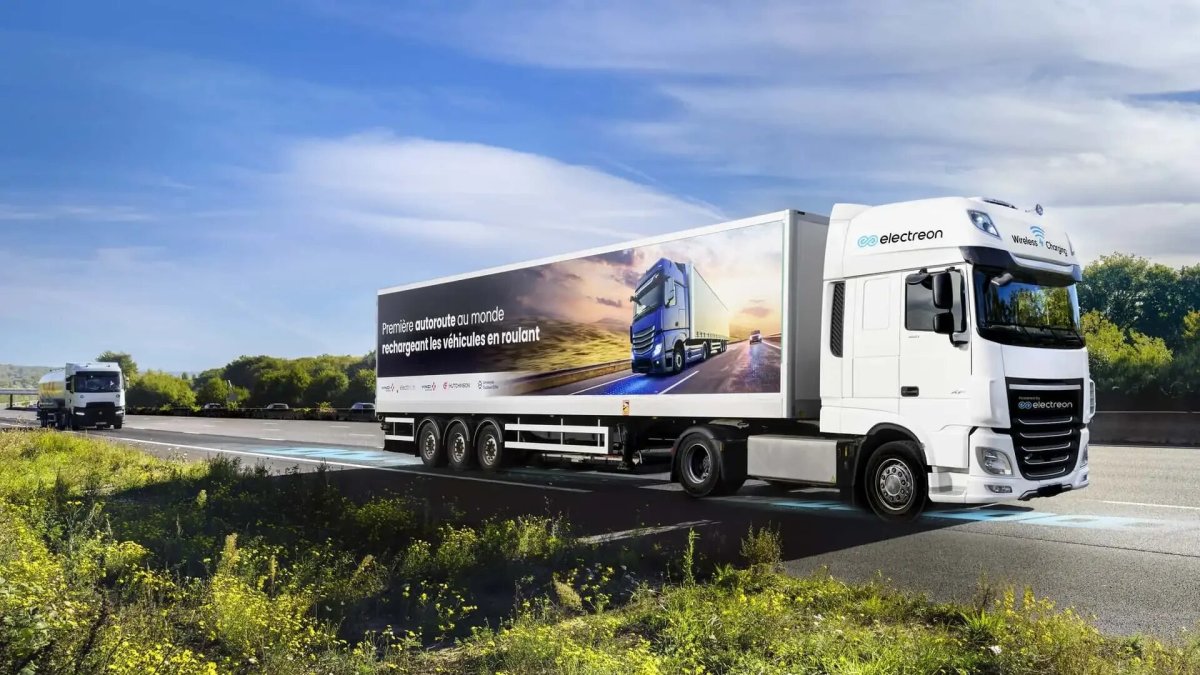On-the-Go Charging Becomes Real
While we have seen static wireless charging gain momentum with varying degrees of success, dynamic charging is where things start to look really futuristic. Charging your EV as it drives along the highway may feel dystopian today, but several brilliant minds have been at it for years trying to make the technology truly practical. And it seems like they’ve done it.

Electreon
Electreon—a technology company handling wireless charging solutions—has, with help from Vinci Group, successfully implemented the idea in France. Although we have seen Electreon’s previous work in Detroit, the roughly one-mile (1.5 kilometers) stretch southwest of Paris is far more advanced in its capabilities.
Multiple labs within the country have found that the road can safely deliver a peak power of over 300 kW, averaging well above 200 kW of wireless energy. For context, Tesla’s V3 Supercharger, perhaps the most common in the United States, maxes out at 250 kW. The Supercharger V4, on the other hand, can deliver up to 350 kW and even more (up to 500 kW) with the latest hardware upgrade. However, they’re not as accessible, and not many EVs can take advantage of those, unlike the V3s.
Mainstream Adoption Soon
What you have in France is convenient and brings about several benefits, claims Electreon. A pilot project in Tel Aviv, Israel, showed that buses could now operate with up to 90% smaller batteries, significantly reducing weight, overall cost, and the required charging time. Of course, it goes without saying that the vehicles do require the appropriate wireless charging hardware.

Vinci Group
It’s worth pointing out that the road in France is still undergoing trials. But the efforts are proving to be quite successful. Electron CEO, Oren Ezer, said, “The project proves that our technology is the only one capable of delivering high-power, reliable dynamic charging. I believe these results pave the way for the deployment of thousands of kilometers of wireless roads in France—and across the world." Electreon operates 18 projects across eight countries, so it’s only a matter of time before we see the technology go mainstream.


